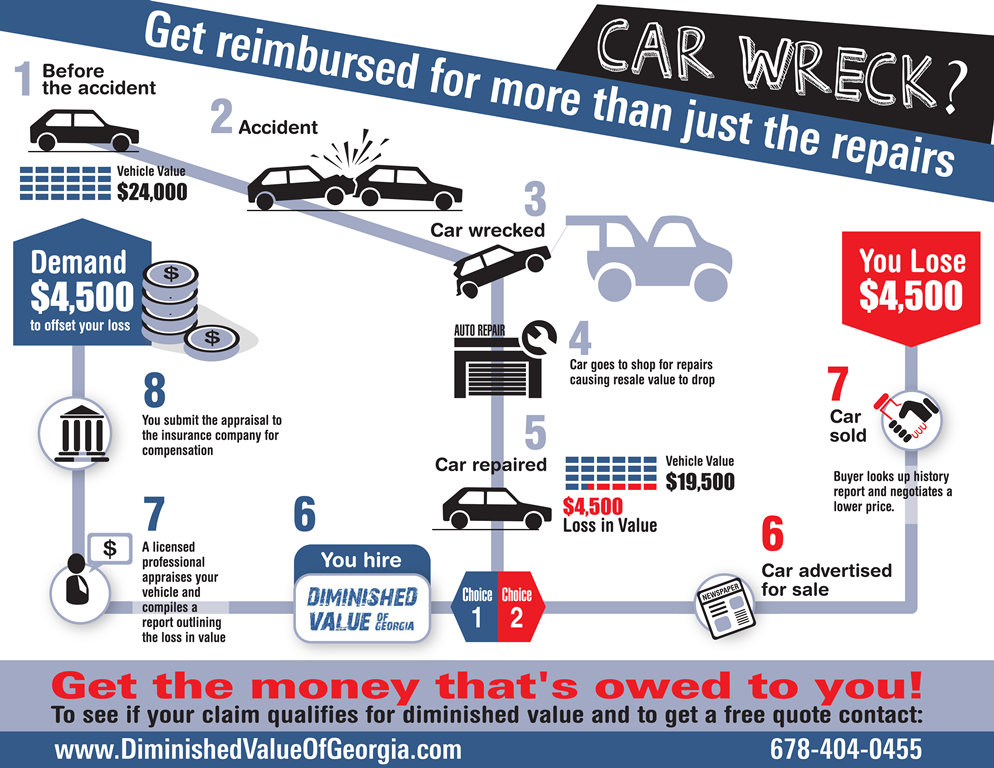Wondering Concerning The Definition Behind Those Dashboard Caution Lights? Gain Understandings Right Into Their Effects For Your Automobile'S Safety And Security And Maintenance
Wondering Concerning The Definition Behind Those Dashboard Caution Lights? Gain Understandings Right Into Their Effects For Your Automobile'S Safety And Security And Maintenance
Blog Article
Web Content Author-Sykes Winters
When you lag the wheel, those radiant caution lights on your dashboard can be a bit perplexing. Do mouse click the following article know what they're attempting to tell you about your car's health and wellness? Comprehending the significance of these lights is crucial for your safety and security and the long life of your vehicle. So, the following time among those lights appears, would not you want to decipher its message properly and take the needed actions to resolve it?
Common Warning Lights and Interpretations
Identify common warning lights in your cars and truck and comprehend their definitions to ensure risk-free driving.
The most regular caution lights include the check engine light, which indicates problems with the engine or exhausts system. If this light comes on, it's important to have your automobile inspected promptly.
The oil pressure warning light suggests low oil pressure, requiring prompt focus to avoid engine damage.
A blinking battery light may recommend a damaged charging system, possibly leaving you stranded otherwise addressed.
The tire pressure surveillance system (TPMS) light signals you to reduced tire stress, affecting car security and gas efficiency. Overlooking this can lead to dangerous driving conditions.
The ABS light shows a problem with the anti-lock braking system, compromising your capacity to stop quickly in emergencies.
https://audioilchange84061.fare-blog.com/30064736/just-how-to-describe-an-automobile-in-under-an-hour-a-beginner-s-quick-overview but not least, the coolant temperature alerting light warns of engine getting too hot, which can cause serious damage if not resolved swiftly.
Recognizing these typical warning lights will help you resolve concerns promptly and maintain risk-free driving conditions.
Value of Prompt Interest
Recognizing the usual caution lights in your auto is only the primary step; the significance of promptly addressing these warnings can not be highlighted enough to ensure your security on the road.
When a caution light illuminates on your control panel, it's your car's method of communicating a possible problem that requires focus. Overlooking these cautions can cause much more extreme problems down the road, jeopardizing your safety and possibly costing you a lot more out of commission.
Trigger attention to advising lights can protect against break downs and mishaps. As an example, a flashing check engine light can show a misfire that, if left unattended, can create damages to the catalytic converter. Resolving this without delay can conserve you from a costly repair.
Likewise, a brake system alerting light could indicate reduced brake fluid or used brake pads, essential components for your safety when driving.
DIY Troubleshooting Tips
If you notice a caution light on your dashboard, there are a couple of DIY troubleshooting pointers you can attempt prior to seeking professional aid.
The first step is to consult your vehicle's handbook to understand what the details warning light indicates. Often the problem can be as easy as a loosened gas cap activating the check engine light. Tightening the gas cap may resolve the trouble.
An additional typical issue is a reduced battery, which can set off numerous advising lights. Inspecting the battery links for rust and ensuring they're safe could take care of the issue.
If a warning light continues, you can attempt resetting it by separating the automobile's battery for a few minutes and then reconnecting it. Additionally, examining your lorry's fluid degrees, such as oil, coolant, and brake fluid, can help repair cautioning lights related to these systems.
Verdict
In conclusion, recognizing your auto's caution lights is necessary for maintaining your lorry running efficiently and safely. By without delay addressing these informs and recognizing what they suggest, you can prevent pricey repair work and prospective breakdowns.
Bear in mind to consult your vehicle's manual for specific details on each warning light and take action as necessary to make sure a hassle-free driving experience.
Remain notified, remain secure on the road!
